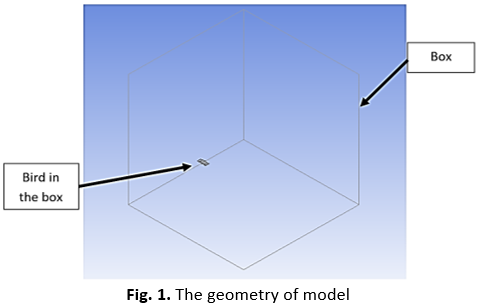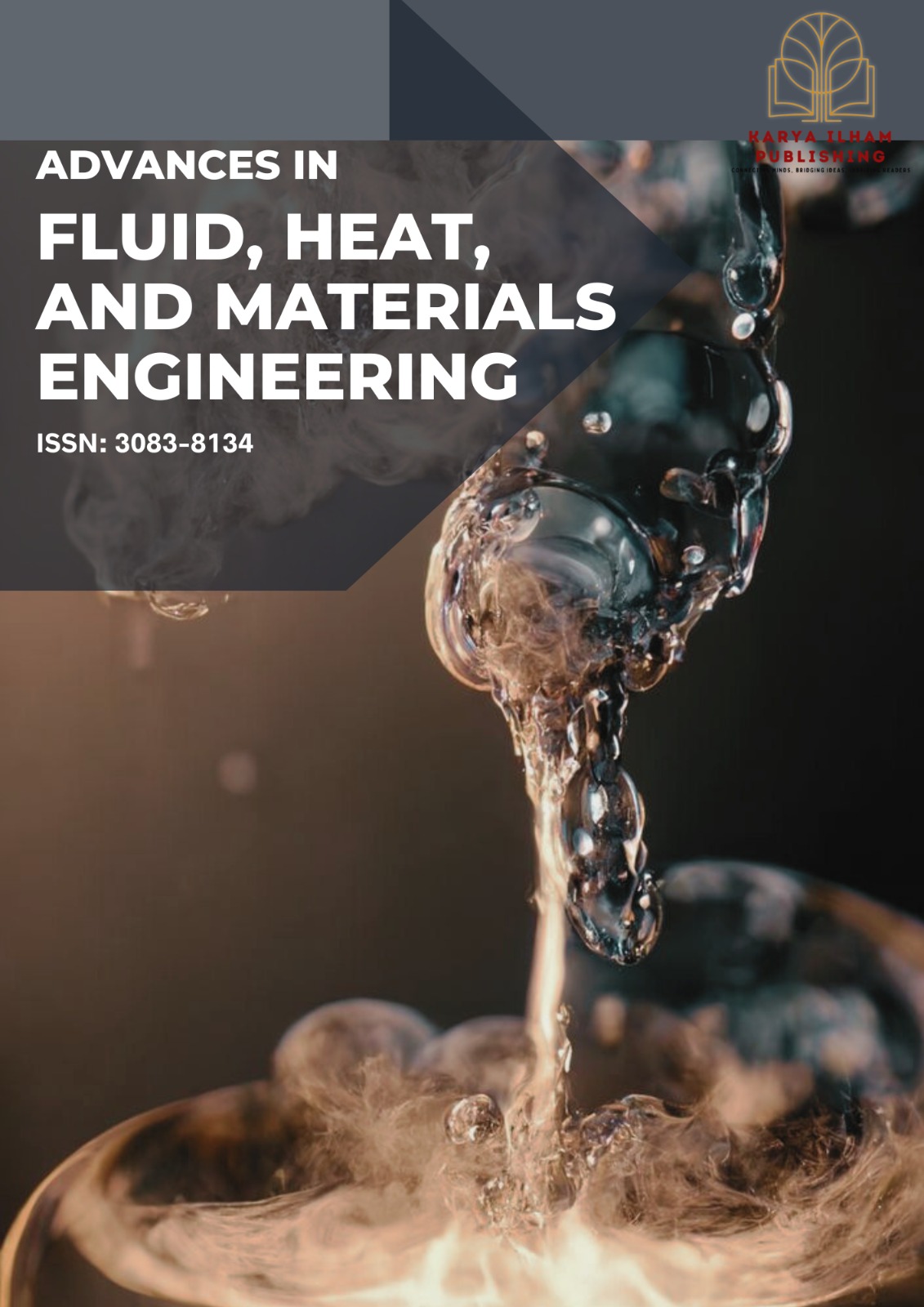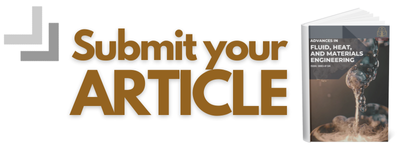Airflow Modelling Over a Flying Bird
DOI:
https://doi.org/10.37934/afhme.5.1.1926aKeywords:
Aerodynamic properties, bird in flight, flight speed, pressure distribution, drag coefficient, computational fluid dynamics (CFD), airflow, geometric model, fluid domain, boundary conditions, airflow velocity, aerodynamic efficiencyAbstract
This research investigates the aerodynamic properties of a bird in flight by simulating airflow around its body using ANSYS Fluent. The primary objectives are to analyse how variations in flight speed affect pressure distribution, and drag coefficient. Utilizing computational fluid dynamics (CFD) methodology, the study model’s airflow to provide a comprehensive analysis of both internal and external flow dynamics. A geometric model of the bird is developed, and a fluid domain is established around it. A grid independence test ensures the accuracy of the results, which are not significantly influenced by mesh size. Various boundary conditions are applied to replicate real flight scenarios, including fixed wall conditions on the bird's surface and specific inlet velocity profiles. The findings reveal that increased airflow velocity significantly impacts drag coefficient and drag force. The pressure distribution around the bird's body is examined to identify high and low-pressure areas, crucial for understanding aerodynamic efficiency. This research enhances the understanding of avian flight mechanics and offers insights that could improve the design of bio-inspired aerial devices.













